How U.S. railroads set the stage for the traveling three-ring circus
by Cynthia Y. McCann
April 2, 2011
The Low-Down:
Did you ever feel like life was a three-ring circus? Maybe it is, and strangely enough, logistics has contributed in its own unique way. In 1825, the circus performance migrated from wooden buildings to canvas tents. From freakshows to sideshows, the next dramatic change in circus history occurred when the circus hit the road, or more precisely, the rails. An American, William C. Coup, transformed the ‘big top’ to the ‘travelin’ top’ while simultaneously expanding the single-ring circus to the famous three-ring circus that it is today. At the same time, it was the U.S. railroad system that transported the circus into a nationwide traveling show. Starting in 1869, the circus used U.S. railroads to travel from town to town with their enormous entourage. The Castello circus originally turned to the Union Pacific Railroad to move its extensive troupe of performers, horses, and other animals to cities near and far. It was Coup, though, who designed and configured a special railroad car to transport horses and other animals. Coup’s innovative design was perfect for carrying oversized cargo. He also made the rail cars wider and added crossover plates between the railcars to make loading easier. Coup’s design became known as the “piggyback” system, which developed into the modern system for rail-truck freight handling that’s used to this day. The circus season of 1872 marked the first time that a specially designed train was used exclusively to transport an entire circus. Today, railroads still play a starring role in the production, transporting two primary circuses, the Blue Tour and the Red Tour, throughout the U.S. According to Wikipedia, each train is a mile in length with about 60 cars—40 passenger cars and 20 freight cars. The Blue and Red Tours present a full three-ring production for two years each, visiting alternating major cities each year. Each train presents a different “edition” of the show, using a numbering scheme that dates back to circus origins in 1871—the first year of P.T. Barnum’s show. wtCheck it out: www.history-magazine.com/circuses.html


























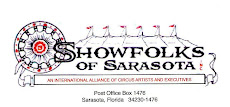















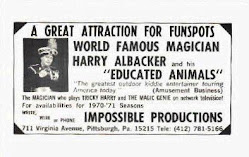

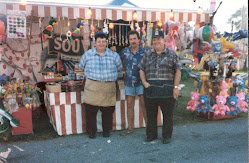




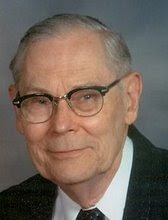
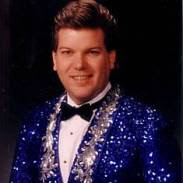




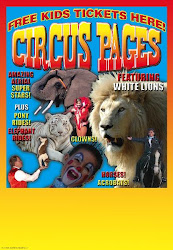

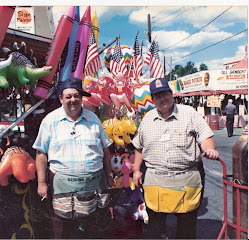
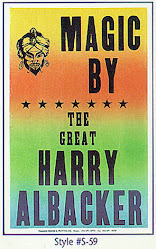











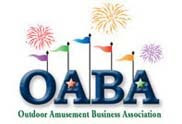



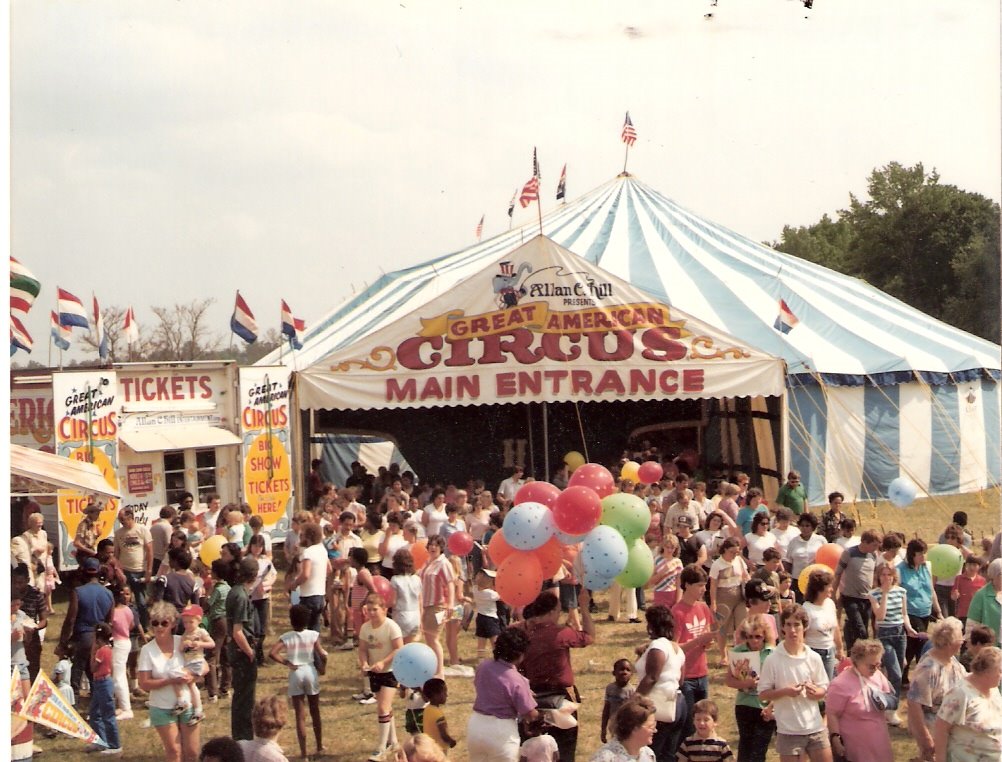









No comments:
Post a Comment